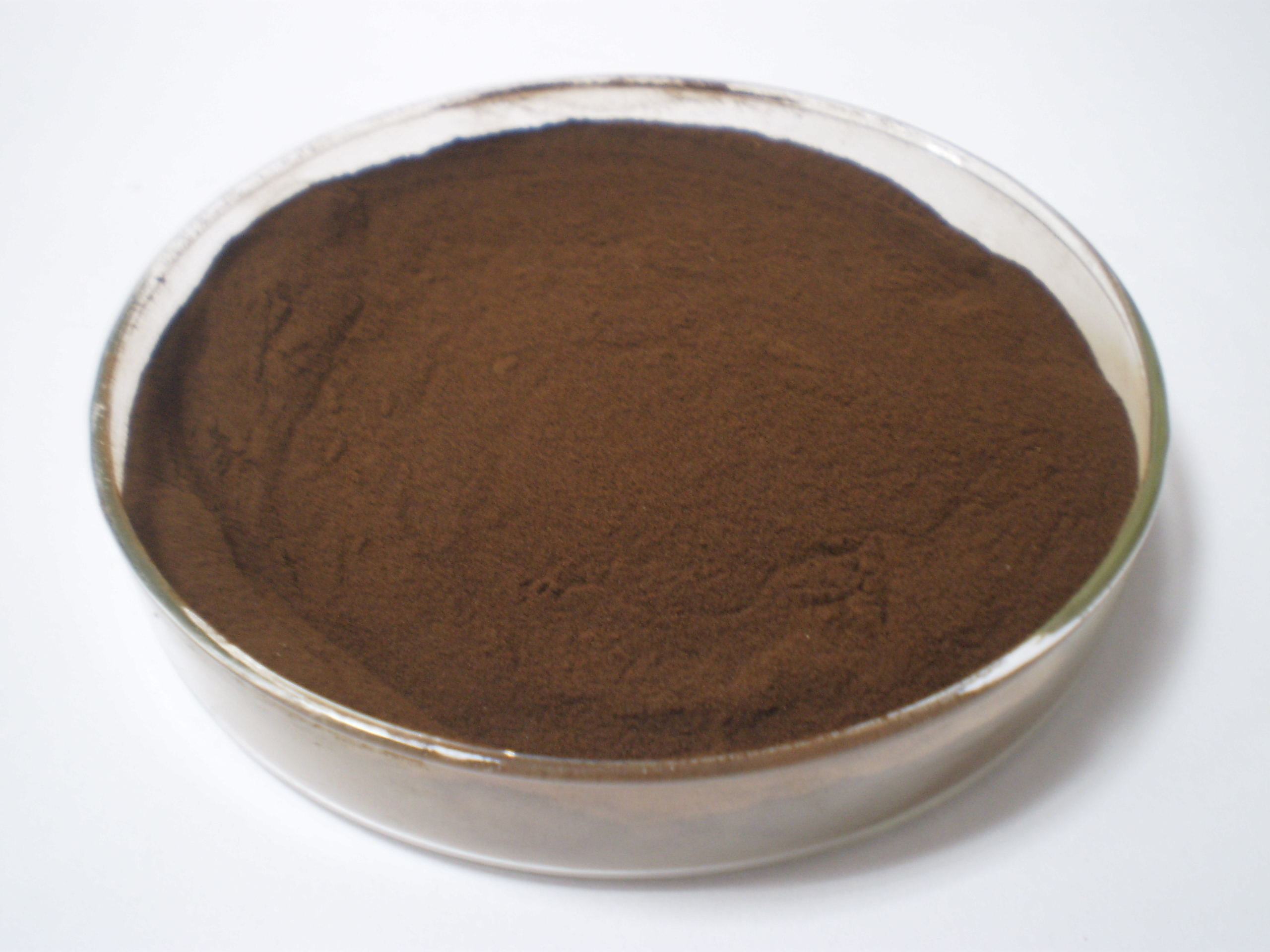Lignin is the largest reservoir of aromatic compounds on earth and has great potential to be used in many industrial applications.
Alternative methods to produce lignosulfonates from spent sulfite pulping liquors and kraft lignin from black liquor of kraft pulping process are critically reviewed herein. Furthermore, options to increase the sulfonate contents of lignin‐based products are outlined and the industrial attractiveness of them is evaluated.
This evaluation includes sulfonation and sulfomethylation of lignin. To increase the sulfomethylation efficiency of lignin, various scenarios, including hydrolysis, oxidation, and hydroxymethylation, were compared. The application of sulfonated lignin‐based products is assessed and the impact of the properties of these products on the characteristics of their end‐use application is critically evaluated.
Sulfonated lignin‐based products have been used as dispersants in cement admixtures and dye solutions more than other applications, and their molecular weight and degree of sulfonation were crucial in determining their efficiency.
The use of lignin‐based sulfonated products in composites may result in an increase in the hydrophilicity of some composites, but the sulfonated products may need to be desulfonated with an alkali and/or oxygen prior to their use in composites.
To be used as a flocculant, sulfonated lignin‐based products may need to be cross‐linked to increase their molecular weight. The challenges associated with the use of lignin‐based products in these applications are comprehensively discussed herein.
The world’s most abundant renewable resource is biomass (wood and nonwood), of which the three main components are cellulose, hemicellulose, and lignin. In woody biomass, cellulose is the most abundant biopolymer, followed by lignin, which accounts for 15–40 wt % of wood.
Lignin is also the largest natural resource of aromatic compounds.However, only 1–2 % of the 50–70 million tons of lignin produced annually is used for the production of value‐added products; this implies that it is an underutilized material.
Today, lignin is primarily used for energy generation through combustion in pulping processes. As such, it is highly advantageous to identify lignin‐based value‐added products and to develop processes for their production.

